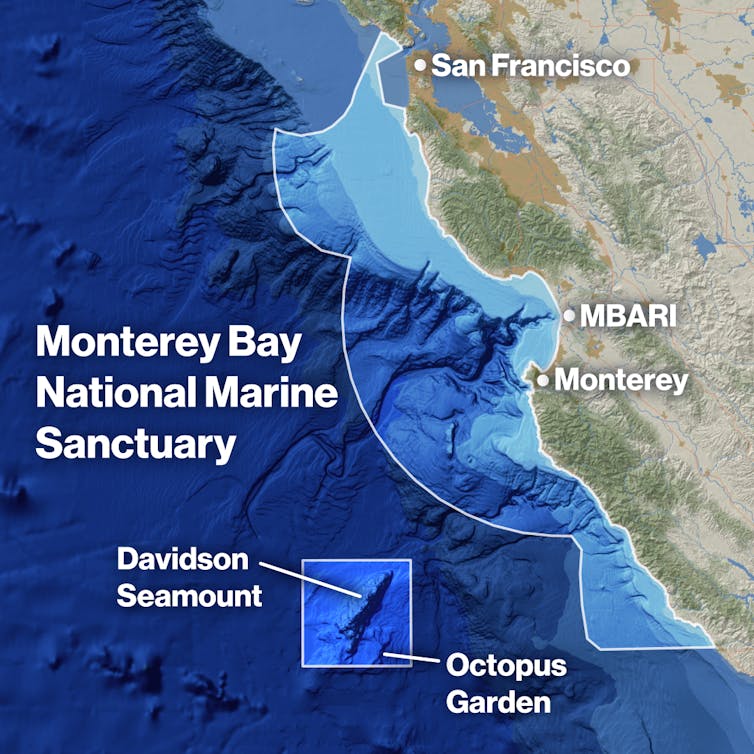
A majority of American workers right now are not feeling very motivated on the job, a new survey suggests.
Management experts often encourage business leaders to motivate employees by empowering them. The idea is that when workers are free to make decisions and manage their workday they become more motivated, perform better and work more creatively.
However, for decades, employee empowerment initiatives have often failed or fallen short of expectations. Zappos, for example, was once hailed for its no-bosses structure, but that experiment has largely been dismantled and abandoned in recent years.
As a leadership scholar, I have studied the effects of leader behavior on employee motivation for over a decade. I’ve learned that when companies design and implement empowering leadership initiatives, they often overlook key factors that are necessary for empowerment to work.
As a result, their efforts to empower employees often result in little impact or are entirely ineffective. In fact, they can even lead employees to engage in unethical behavior.
Here are four ways, my research shows, a company can avoid common pitfalls to empowering leadership initiatives.
1. Provide all needed resources
Empowered employees need to know they can access whatever resources they need to succeed. For example, a marketing professional might need access to information databases, planning software and a sufficient budget for market research. Employees should also feel that additional resources to support new ideas are readily available if and when needed.
To do this, companies can plan and budget jobs in ways that guarantee that employees have additional, or excess, resources to draw upon. Moreover, companies can communicate frequently – verbally in team meetings and also via digital communications – not only that resources are available when needed but also that these additional resources can be obtained easily and quickly.
2. Set clear goals and strategies
“People can’t be self-managing without information,” business management expert Gary Hamel once noted. “[T]he goal is to provide staffers with all the information they need to monitor their work and make wise decisions.”
In other words, companies can more effectively empower their employees if they divulge or communicate how their responsibilities fit into the bigger picture or strategic direction of the business. For example, the marketing professional mentioned above might benefit from an understanding of how a new product fits into the organization’s overall product portfolio.
Firms can also offer regular check-ins or town hall meetings at which everybody in the organization can ask questions about the strategic goals and vision of the company.
3. Signal clear and unwavering support
Employees who are truly empowered believe they have the emotional and physical support needed from colleagues – including supervisors, peers and subordinates – to do their jobs well. This entails verbal encouragement as well as offers to assist on tasks and projects.
Likewise, managers can emphasize that they believe in employees’ capabilities and are there to enable employee growth and autonomy. Organizations can create a company culture of support by rewarding supportive actions that promote employee self-direction.
My research along with management professor Brad Kirkman shows clearly across several studies that when employees do not have access to resources, information and support, they are not in fact empowered. As a result, the desired performance-boosting effects on their job performance, proactive behavior and creativity do not take place.
4. Remove red tape and other ‘bad’ stressors
Unnecessary red tape, office politics, ambiguity and interpersonal conflict create a lot of negative stress for employees, which hinders work performance. These “bad” stressors are different from “good” stressors that can encourage growth.
For example, the marketing professional from the previous examples might have to fill out multiple lengthy forms just to request access to an information database. Or perhaps they have to play political games to garner support for funding of a much-needed planning tool. Conflict, meanwhile, can take the form of unspoken rivalry with co-workers about perceived unjust promotions or resource allocations.
Another study that Kirkman and I conducted showed that an empowering leadership style paired with high amounts of “bad” stressors can actually backfire and be detrimental to a company. We found that employees in those situations are more likely to disengage morally from their work and act unethically than employees who work with less empowering leaders.
For example, in one of our experiments, participants were asked to solve unsolvable anagrams as part of their fictitious job. Among participants who faced higher amounts of “bad” stressors before attempting to solve the anagrams, those exposed to an empowering leader were 75% more likely to lie about solving their puzzles for the sake of their organization than those who were exposed to a leader who was described as not empowering.
Empowering leadership instills in employees a mindset to get things done and a desire to pay back the organization for the empowerment received. But without the information, resources and support to succeed – or when there is a lot of negative stress in employees’ work environments – people seem to switch to an expediency mindset whereby anything goes.
If business executives truly want to empower their employees, they cannot merely encourage managers to empower their subordinates. They must go the extra mile and address the four factors identified above. Otherwise, employees can feel left dangling in the void, struggling to prove their ability and even tempted to take actions that could eventually harm the company.
Tobias Dennerlein, Assistant Professor of Management, Purdue University
This article is republished from The Conversation under a Creative Commons license.




 Una planificación adecuada puede ayudarle a garantizar que esté preparado para afrontar cualquier desafío o retraso inesperado cuando salga. Verifique el clima antes de salir, incluso en su destino, y evite las tormentas anticipadas. Salga temprano para tener en cuenta el tráfico potencialmente pesado y trace su camino con anticipación para asegurarse de estar al tanto de cualquier cierre o construcción de carreteras, lo que puede permitirle encontrar rutas alternativas, si es necesario, en lugar de intentar adaptarse sobre la marcha.
Una planificación adecuada puede ayudarle a garantizar que esté preparado para afrontar cualquier desafío o retraso inesperado cuando salga. Verifique el clima antes de salir, incluso en su destino, y evite las tormentas anticipadas. Salga temprano para tener en cuenta el tráfico potencialmente pesado y trace su camino con anticipación para asegurarse de estar al tanto de cualquier cierre o construcción de carreteras, lo que puede permitirle encontrar rutas alternativas, si es necesario, en lugar de intentar adaptarse sobre la marcha.


















